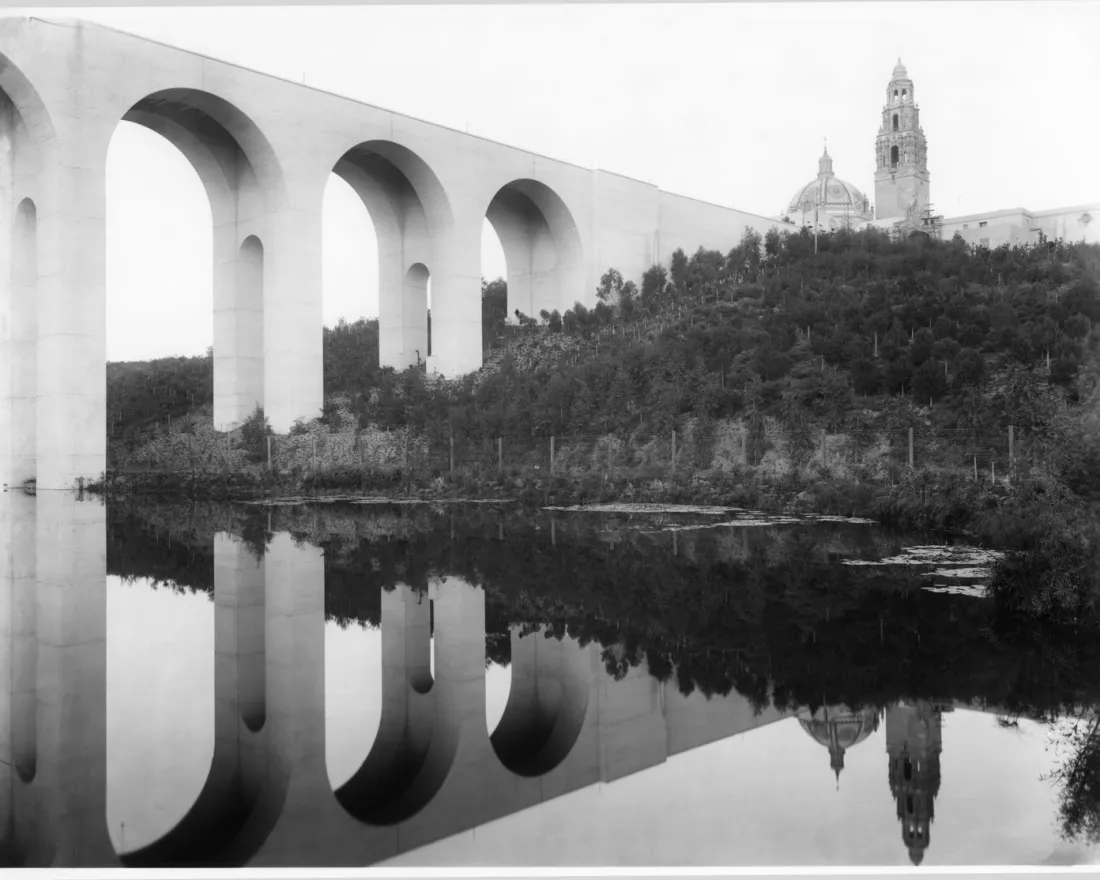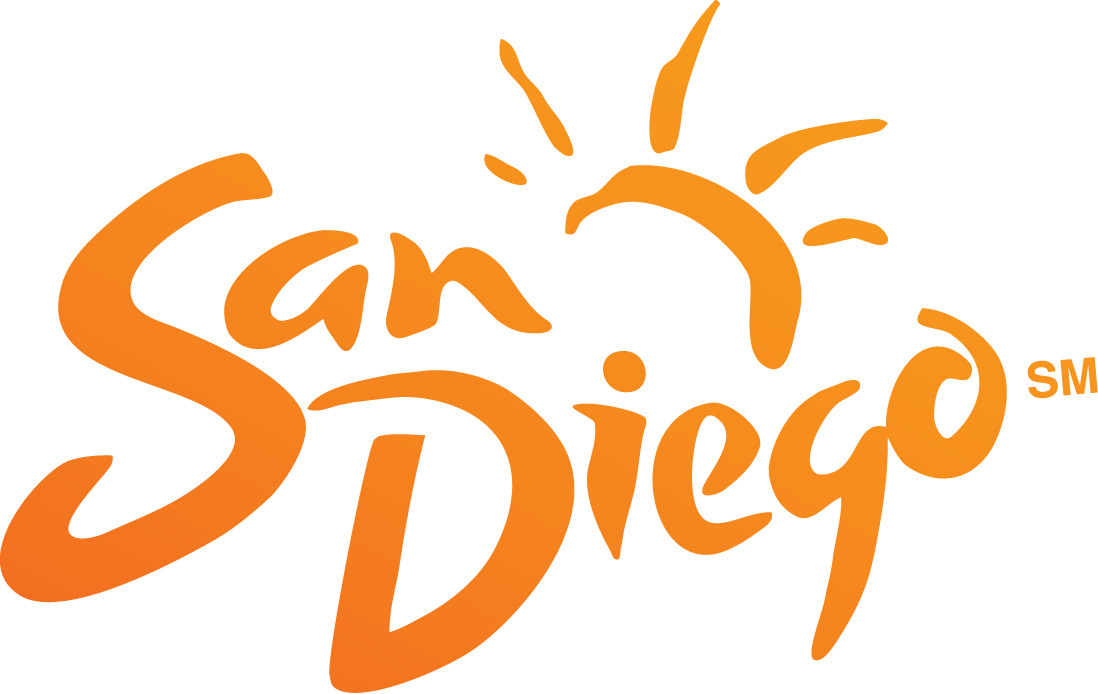
History of Balboa Park
Balboa Park is central to the story of San Diego. In 1868, civic leaders took the audacious step of setting aside 1,400 acres of a scrub-filled mesa, an area that now overlooks what is downtown San Diego. While San Diego was home to just 2,300 residents back then, its leaders had the vision and desire to create an iconic park that would serve its citizens and its visitors for years to come. In fact, San Diego was the second city to dedicate a large urban park behind only New York City’s Central Park. In 1870, the state legislature passed a law stating that the lands would be held in trust for a park forever.
For many years, there was little development of "City Park" as it was then known. A high school, which later became San Diego High School, was built and several gardens were created by various private groups. Then in 1892, local horticulturist and botanist Kate Sessions leased 36 acres for a nursery. In exchange for using the land, she agreed that the nursery would be open to the public and that she would donate hundreds of trees and plants to the city every year for its beautification. Sessions, who would become known as "the mother of Balboa Park," is credited with bringing in many of the different varieties of native and exotic plants to the park, and many of her original trees are alive and visible today.
In 1910, with preparations already underway to hold an expo to coincide with the opening of the Panama Canal, the park was named for the Spanish explorer Vasco Núñez de Balboa, the first European to cross Central America and see the Pacific Ocean. Several of the buildings as well as much of the present-day look and feel of the park can be attributed to the 1915 Panama-California Exposition. Built in the Spanish Colonial-revival style, the park’s highly ornamental style was the first of its kind in the United States. Scheduled to last only one year, the 1915 Expo was extended for a second year, and more than 3.7 million visitors came to the expo during its run.
Twenty years later, San Diego hosted the 1935 California Pacific International Exposition to boost the local economy during the Great Depression. Additional structures and landscaping were added to the park, including the Old Globe Theatre, International Cottages, and Spanish Village, all of which are still in use today.
In 1977, Balboa Park, and historic Exposition buildings from 1915 and 1935, were declared a National Historic Landmark and National Historic Landmark District, and placed on the National Register of Historic Places. Today the park is the center for arts and culture in San Diego and is recognized by the State of California as one of its 14 cultural districts.
